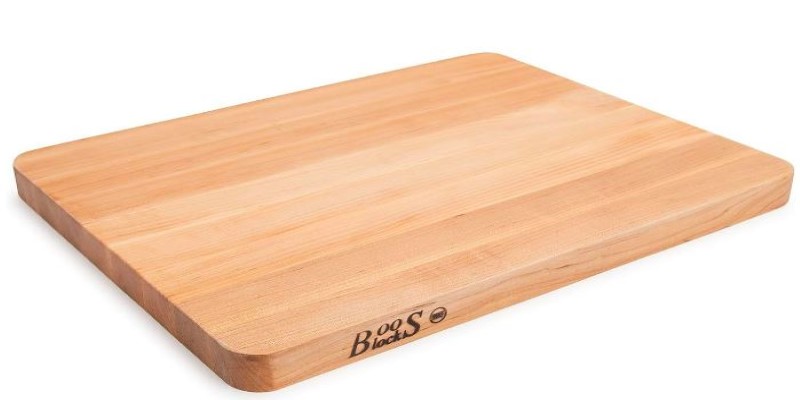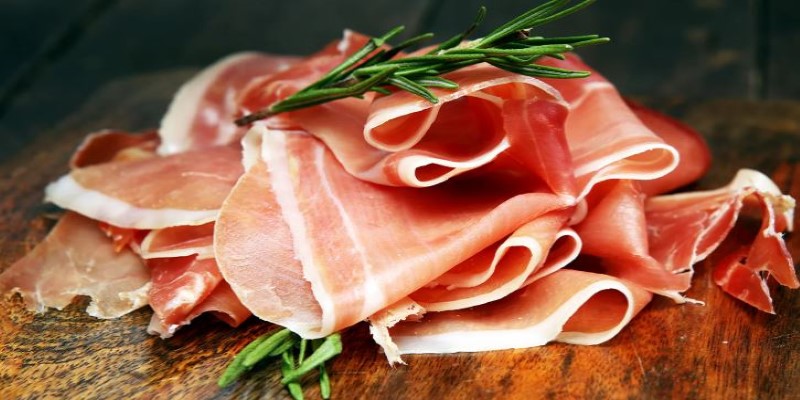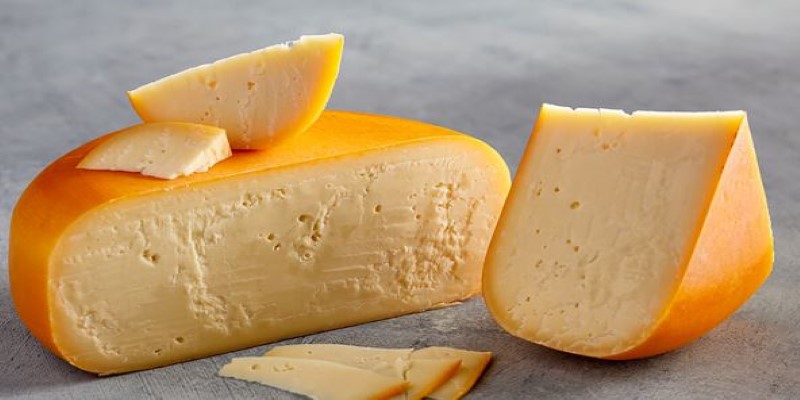How To Make The Perfect Charcuterie Board At Home
Creating a charcuterie board at home can be a delightful experience, bringing together a variety of flavors, textures, and colors that not only please the palate but also make for an appealing presentation.
Creating a charcuterie board at home can be a delightful experience, bringing together a variety of flavors, textures, and colors that not only please the palate but also make for an appealing presentation. This guide will walk you through the essentials of crafting the perfect charcuterie board, from selecting ingredients to arranging them beautifully. Whether you’re preparing for a casual get-together or a more formal gathering, a well-made charcuterie board can be a star attraction.
Understanding The Basics Of Charcuterie
At its core, a charcuterie board is a selection of cured meats, cheeses, and accompaniments arranged on a platter. While the traditional notion of charcuterie primarily revolves around meats, contemporary boards often include a wide range of items such as cheeses, fruits, nuts, spreads, and even sweets. The key is to balance flavors and textures, creating a variety of tastes that appeal to different preferences.
Selecting The Right Board
The foundation of your charcuterie display is the board itself. You can use a wooden cutting board, a large platter, or even a slate board. The size of the board will depend on the number of guests you are serving. For small gatherings, a 12-inch board may suffice, while larger gatherings might require a board that is 24 inches or more. Make sure the surface is clean and dry before you start arranging your ingredients.

Choosing Meats
When it comes to meats, variety is essential. A good selection might include:
Cured Sausages: Options like salami, chorizo, or soppressata add rich flavors. Slice them into rounds for easy serving.
Prosciutto: This dry-cured ham offers a delicate, salty flavor. You can drape it artistically over the board or fold it into small sections.

Pâté: For a more sophisticated touch, consider including a pâté or terrine. It can be served alongside crackers or bread.
Smoked Meats: Smoked turkey or chicken can provide a lighter alternative, offering a contrast to the richer flavors.
Aim for about three to five types of meats, ensuring a good mix of textures and tastes.
Selecting Cheeses
Cheese is another crucial element of a charcuterie board. Aim for a variety of styles, including:
Soft Cheeses: Options like Brie or Camembert are creamy and rich. Their softness can contrast nicely with firmer cheeses.
Hard Cheeses: Cheddar, Gouda, or Parmigiano-Reggiano provide a firmer texture and strong flavor. Consider serving these in wedges or cubes.

Blue Cheese: A crumbly blue cheese can add a bold flavor, enhancing the overall experience.
Goat Cheese: This can bring a tangy element, and its spreadable nature can work well with crackers or bread.
For example, with meats, three to five cheese varieties will create an interesting range of flavors.
Adding Accompaniments
Accompaniments play a vital role in complementing the meats and cheeses. They add contrasting flavors, crunch, and brightness. Here are some great options to consider:
Fruits: Fresh fruits such as grapes, figs, and apple slices can provide sweetness, while dried fruits like apricots or dates add chewiness and concentrated flavor.
Nuts: Almonds, walnuts, or cashews contribute to crunch and richness. Toasting them lightly can enhance their flavor.

Pickles and Olives: These can introduce a briny element that cuts through the richness of the meats and cheeses. Choose a variety of pickles, such as gherkins or dill pickles, alongside mixed olives.
Spreads: Consider including a couple of spreads like honey, fig jam, or grainy mustard. These can enhance flavors and add a touch of sweetness or spice.
Crackers and Bread: A selection of crackers, breadsticks, or slices of baguette provides a base for the meats and cheeses. Offer a mix of textures, from crisp crackers to soft bread.
Arranging The Board
Now that you have all your ingredients, it’s time to arrange the board. Start with the larger items first, such as the cheeses and meats, as these will be the focal points. Here’s a step-by-step approach:
Place the Cheeses: Arrange your cheese selections on the board. For larger pieces, consider cutting a few slices to showcase the interior. Space them evenly across the board, allowing room for the other ingredients.
Add the Meats: Next, arrange the meats. You can create small mounds or fans of sliced meats, placing them near the cheeses they complement best.
Fill in with Accompaniments: Start adding your accompaniments. Place fruits and nuts in small groups around the cheeses and meats. Use small bowls for spreads and olives to keep them contained.
Garnish: To elevate the presentation, consider garnishing the board with fresh herbs like rosemary or thyme. These not only look great but also add a delightful aroma.
Remember that visual appeal is key. A well-arranged board should be colorful and inviting, encouraging guests to dig in.
Pairing Suggestions
When serving your charcuterie board, consider pairing it with complementary beverages. A good bottle of red wine often works well, with options like Pinot Noir or Cabernet Sauvignon being popular choices. For a lighter touch, sparkling wine or a crisp white wine like Sauvignon Blanc can be refreshing. If you’re looking for non-alcoholic options, consider sparkling water infused with citrus or herbal teas served chilled.
Tips For Seasonal Variations
Charcuterie boards can easily adapt to seasonal ingredients. In the fall, think about adding roasted vegetables or pumpkin-spiced nuts. During summer, fresh berries and stone fruits shine. In winter, consider adding spiced nuts or citrus fruits for a vibrant touch during the colder months.

Making It Your Own
One of the best aspects of a charcuterie board is its versatility. Feel free to experiment with different ingredients based on personal preferences or dietary restrictions. Vegetarian options can include a variety of cheeses, hummus, and an array of fresh and dried fruits. For those looking to include more international flair, consider incorporating cheeses and meats from different cultures, such as Spanish manchego or Italian bresaola.
Conclusion
Creating the perfect charcuterie board at home is not only about the food; it's also about the experience of gathering and sharing with friends and family. With a thoughtful selection of ingredients, an eye for presentation, and a bit of creativity, you can create a stunning board that caters to every taste. Remember, the best charcuterie board is one that reflects your style and allows your guests to enjoy a variety of flavors. So gather your ingredients, arrange them with care, and enjoy the art of sharing delicious food.